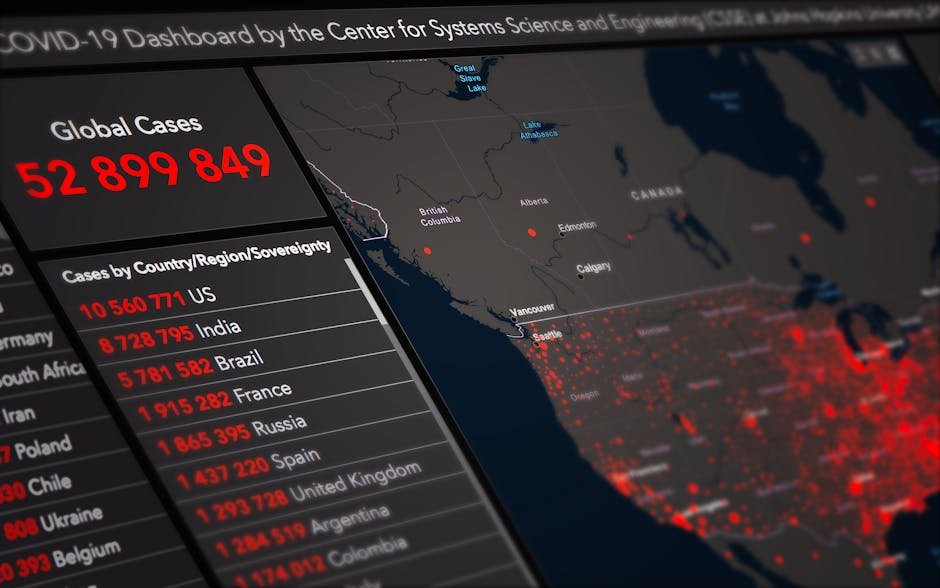Thailand’s Booming Digital Nomad Scene in 2025: A Boon or Bane?
Thailand has experienced a surge in digital nomad arrivals in 2025, transforming its economy and social landscape. This influx, fueled by affordable living costs and a rich cultural experience, presents both opportunities and challenges for the country. However, concerns are rising about the long-term sustainability of this trend and its impact on local communities.
The Allure of Thailand for Digital Nomads
Thailand’s popularity amongst digital nomads in 2025 stems from a potent combination of factors. The cost of living, particularly in secondary cities like Chiang Mai and Pai, remains significantly lower than in many Western countries. This affordability extends to accommodation, food, and transportation, allowing remote workers to stretch their budgets considerably. Furthermore, Thailand boasts a vibrant culture, stunning natural beauty, and a relatively easy visa process for long-term stays. The availability of reliable high-speed internet infrastructure in popular digital nomad hubs further enhances the appeal.
Infrastructure and Connectivity
The nation’s robust internet infrastructure plays a crucial role in attracting digital nomads. High-speed internet access is readily available in most major cities and popular tourist destinations, crucial for those relying on online work. Coffee shops, co-working spaces, and even many hotels now offer reliable Wi-Fi, ensuring connectivity for remote workers. This reliable digital infrastructure is a key factor driving Thailand’s attractiveness in the global digital nomad market. The government’s investment in expanding broadband access further enhances this appeal.
Economic Impacts and Opportunities
The influx of digital nomads has injected significant capital into the Thai economy in 2025. They contribute substantially to local businesses, supporting restaurants, cafes, co-working spaces, and tourism-related services. This increased economic activity provides employment opportunities for Thais in the service sector, contributing to local economic growth, particularly in smaller cities and towns traditionally less exposed to international tourism. However, this economic boost is not uniformly distributed across all sectors or regions.
Distribution of Economic Benefits
The economic benefits are not evenly distributed across the country. Popular digital nomad hubs like Chiang Mai see disproportionate growth, while other regions remain relatively untouched. This uneven distribution can lead to economic disparities and social imbalances, requiring strategic government intervention to ensure equitable economic growth across all regions of Thailand. The government is currently exploring ways to direct more economic benefits to less-developed areas.
Social and Cultural Impacts
The presence of a large digital nomad community presents both positive and negative social and cultural impacts on Thai society in 2025. On the positive side, there’s increased cultural exchange and understanding. Digital nomads are exposed to Thai culture, and their presence introduces new perspectives and ideas. However, concerns exist regarding potential strain on local resources, increased cost of living in popular areas, and potential conflicts stemming from cultural differences.
Cultural Exchange and Tensions
While cultural exchange is largely positive, tensions can emerge from differing lifestyles and expectations. The increasing cost of living in areas popular with digital nomads is a growing concern for local residents, potentially exacerbating existing social inequalities. The government is tasked with navigating these complexities to ensure both the well-being of local communities and the sustainability of the digital nomad trend. Effective strategies for managing such issues remain crucial.
Challenges and Sustainability Concerns
While the influx of digital nomads brings economic benefits, long-term sustainability remains a question. Concerns about environmental impact, potential strain on infrastructure, and the equitable distribution of economic benefits need to be addressed proactively. The rapid growth of the digital nomad community could overburden local resources, impacting the environment and the quality of life for residents. Furthermore, the reliance on tourism revenue could make Thailand’s economy vulnerable to external shocks.
Environmental Concerns and Sustainable Tourism
Sustainable tourism practices are crucial to mitigate the environmental impacts. The increase in waste generation and the potential for habitat disruption due to tourism-related construction must be managed carefully. Government initiatives promoting sustainable tourism and environmental protection are needed to ensure the long-term viability of Thailand as a digital nomad destination. Balancing economic development with environmental protection is key to long-term sustainability.
The Future of Thailand’s Digital Nomad Scene
The future of Thailand’s digital nomad sector in 2025 hinges on effective government policies and a collaborative approach between the government, local communities, and the digital nomad community itself. Addressing concerns regarding sustainable tourism, equitable economic distribution, and the potential for social tensions is crucial for maintaining a thriving and mutually beneficial relationship. A well-managed digital nomad sector can be a significant contributor to Thailand’s economic growth and cultural exchange, but careful planning and proactive management are essential.
Key Data and Takeaways:
- Significant increase in digital nomad arrivals in 2025, fueled by affordability and cultural richness.
- Uneven economic benefits, with some regions experiencing disproportionate growth.
- Growing concerns regarding environmental sustainability and potential strain on local resources.
- Need for collaborative strategies to address social and cultural impacts.
- Government policies focusing on sustainable tourism and equitable distribution of benefits are vital for long-term sustainability.
The continued success of Thailand as a digital nomad hub requires a nuanced approach, balancing economic opportunities with social, environmental, and cultural considerations. The long-term impact remains to be seen, dependent on the effectiveness of proactive planning and collaborative efforts from all stakeholders.







